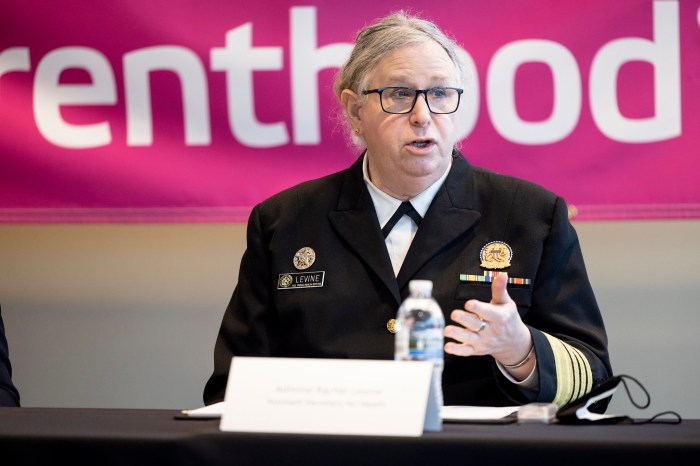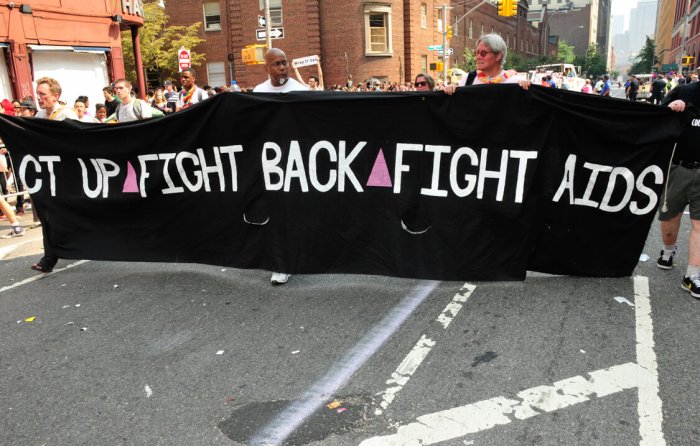New HIV infections among gay and bisexual men of all races have been increasing for nearly two decades, according to a new study from the federal Centers for Disease Control and Prevention (CDC).
By: DUNCAN OSBORNE | New HIV infections among gay and bisexual men of all races have been increasing for nearly two decades, according to a new study from the federal Centers for Disease Control and Prevention (CDC).
“Infections have, in fact, been rising among men who have sex with men as the data show a steady increase since the early 1990s,” said Dr. Kevin Fenton, director of CDC's National Center for HIV/AIDS, Viral Hepatitis, STD, and TB Prevention, during an August 2 conference call with reporters. “These data among men who have sex with men point to an urgent unmet need.”
The CDC tested 6,864 blood samples drawn in 2006 with the detuned assay, a type of HIV test that identifies new infections. Using those results, the CDC estimated that there were 56,300 new HIV infections in that year, and 53 percent of them were among gay and bisexual men. Another four percent were among men who have sex with men who inject drugs.
Thirty-one percent of the new infections in 2006 were among heterosexuals and 12 percent were among injecting drug users.
The agency then made a retrospective analysis and concluded that new HIV infections among gay and bisexual men reached their highest peak ever in the mid-'80s, fell dramatically by the early '90s, and then began steady growth while heterosexuals and injecting drug users saw declines.
The new estimate of all annual new infections replaces CDC's old one of 40,000 that was based on reports of new HIV diagnoses annually. The old estimate was criticized as inaccurate starting three years ago. The CDC conceded that the old method for calculating annual infections resulted in an undercount.
The CDC will continue to use the detuned assay to estimate annual HIV infections and to more accurately describe where new infections are increasing or decreasing.
“We have never before been able to directly measure HIV rates in the United States,” Fenton said. “We have not been able to see the leading edge of the epidemic.”
The new method also confirmed that African Americans remain hard hit by the epidemic and that Latinos are also experiencing a disproportionate impact from HIV.
Within the entire 2006 sample, the infection rate among African-Americans was seven times higher than the rate among whites, while the rate among Latinos was three times higher than the rate among whites.
AIDS groups have been demanding the release of the new data for months. Many were prepared with press statements, some of which were released before the August 2 call, and they were unified in calling for a “national AIDS strategy” to respond to the epidemic.
“We need to have a real and comprehensive strategy,” Julie Davids, executive director of the Community HIV/AIDS Mobilization Project (CHAMP), told Gay City News. “This is a national crisis… We need to have a coordinated, national AIDS strategy.”
Groups also objected to continued funding of abstinence-only education, a method that is ineffective in postponing sexual activity among young people, and they want more cash for HIV prevention programs.
“It certainly underscores the need to reinvest in scientifically-proven prevention programs for men who have sex with men,” said Nathan Schaefer, director of public policy at the Gay Men's Health Crisis (GMHC).
The demands come as many local and state governments as well as the federal government are expecting large budget deficits for the next two to three years.
The new data comes at a time when the gay community appears to have turned its attention to other matters.
In a poll of 768 gay, lesbian and bisexual Americans by Hunter College and Knowledge Networks, a research firm, released earlier this year, this representative sample ranked discrimination protections, hate crime laws, “federal benefits for same-sex partners,” and “parental and adoption rights” as more important than “AIDS funding.” Only same-sex marriage, “transgender rights,” and ending the ban on gays in the military ranked lower.
“We are entering the era of acknowledging there are no easy solutions here,” Davids said. “That only heightens the importance of having a comprehensive, strategic national plan.”

































